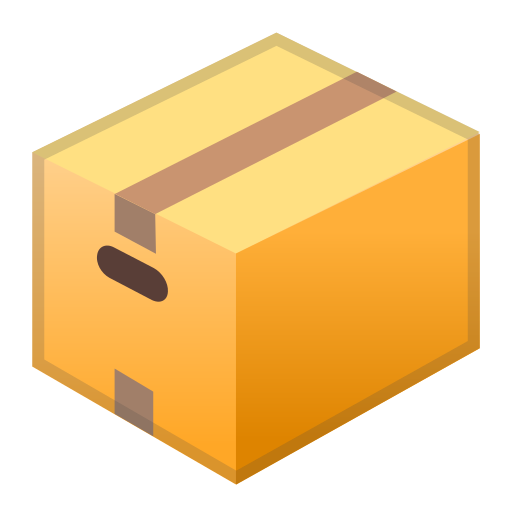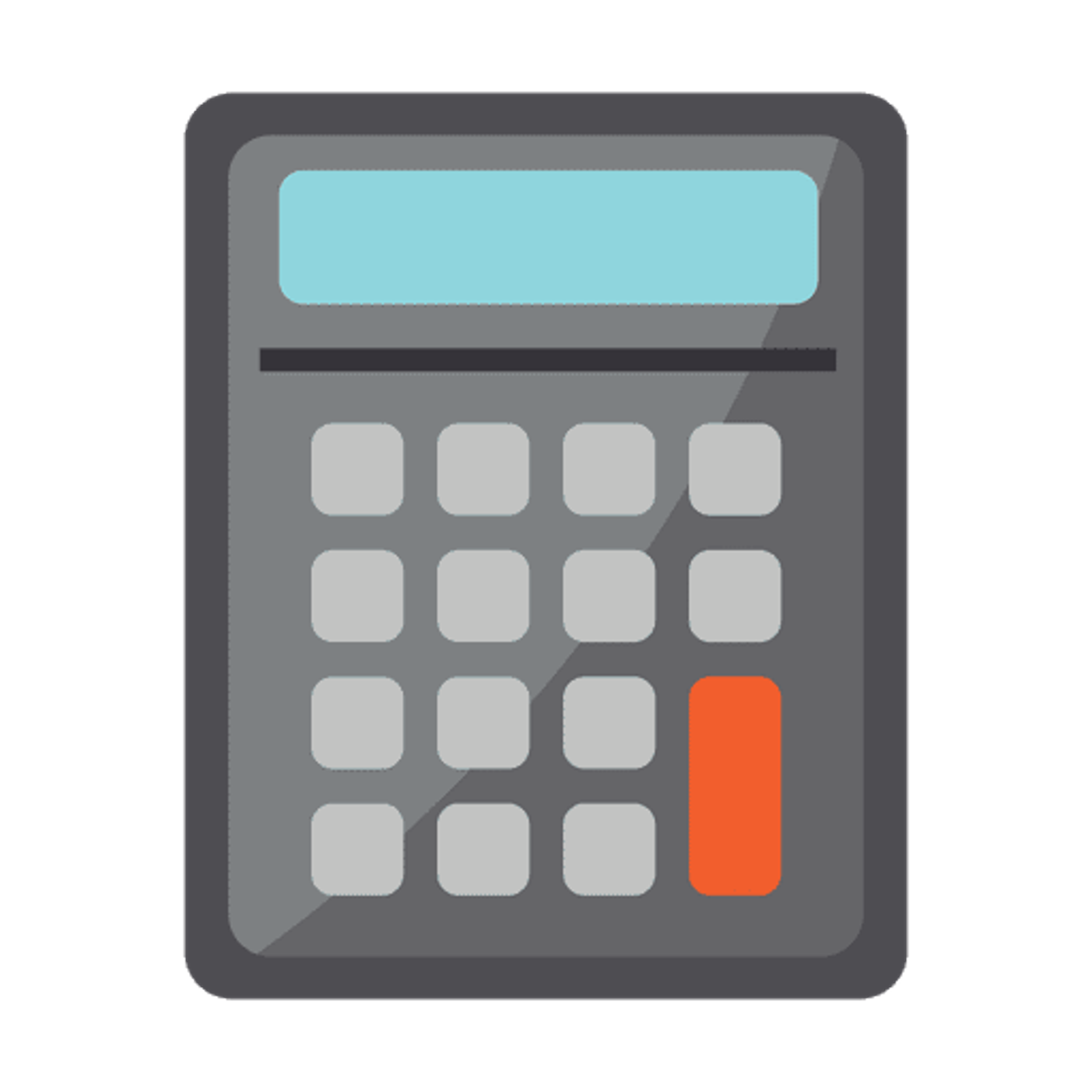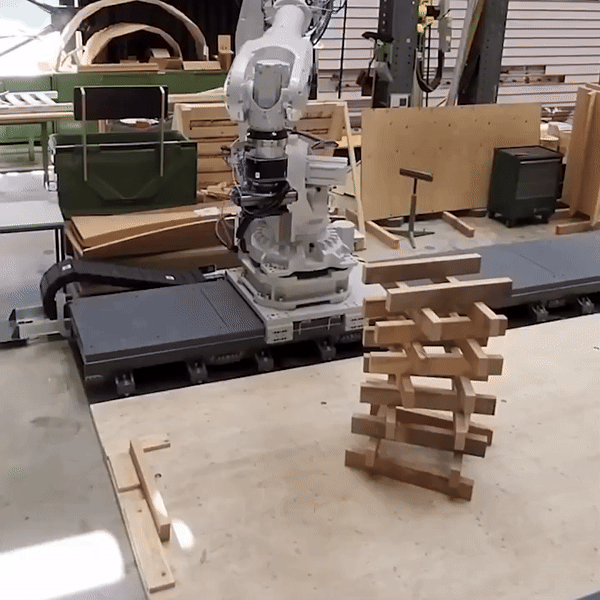Welcome to AR-327 !!
Today's learning objectives:
- Understand what a collection datatype is
- Get familiar with different collection data types
- Get familiar with loops and iterations in Python
- Get confident in using functions in Python
Collection Data Types
Last week we covered variables in Python:
A variable is like a box.In this box we can store data.


 boolean values
boolean values
 integer and float values
integer and float values
 string values
string values
But what if we have a lot of variables?
Imagine we have a piece of code that manipulates all the beams (50+) in a structure.
But what if we have a lot of variables?
Imagine we have a piece of code that manipulates all the beams (50+) in a structure.Is it a good idea to explicitly create an individual variable for each beam?
beam_1 = 5.0
beam_2 = 4.5
beam_3 = 6.0
beam_4 = 5.2
beam_5 = 5.1
beam_6 = 4.8
beam_7 = 5.3
beam_8 = 5.6
beam_9 = 4.9
beam_10 = 5.4
beam_11 = 5.0
beam_12 = 4.7
beam_13 = 5.2
beam_14 = 5.5
beam_15 = 4.6
beam_16 = 5.1
beam_17 = 5.3
beam_18 = 5.7
beam_19 = 4.8
beam_20 = 5.2
beam_21 = 5.0
beam_22 = 4.9
beam_23 = 5.4
beam_24 = 5.6
beam_25 = 4.7
beam_26 = 5.3
beam_27 = 5.1
beam_28 = 5.5
beam_29 = 4.8
beam_30 = 5.2
beam_31 = 5.0
beam_32 = 4.6
beam_33 = 5.3
beam_34 = 5.7
beam_35 = 4.9
beam_36 = 5.4
beam_37 = 5.1
beam_38 = 5.5
beam_39 = 4.8
beam_40 = 5.2
beam_41 = 5.0
beam_42 = 4.7
beam_43 = 5.3
beam_44 = 5.6
beam_45 = 4.9
beam_46 = 5.4
beam_47 = 5.1
beam_48 = 5.5
beam_49 = 4.8
beam_50 = 5.5
But what if we have a lot of variables?
Is it a good idea to explicitly create an individual variable for each beam?
beam_1 = 5.0
beam_2 = 4.5
beam_3 = 6.0
beam_4 = 5.2
beam_5 = 5.1
beam_6 = 4.8
beam_7 = 5.3
beam_8 = 5.6
beam_9 = 4.9
beam_10 = 5.4
beam_11 = 5.0
beam_12 = 4.7
beam_13 = 5.2
beam_14 = 5.5
beam_15 = 4.6
beam_16 = 5.1
beam_17 = 5.3
beam_18 = 5.7
beam_19 = 4.8
beam_20 = 5.2
beam_21 = 5.0
beam_22 = 4.9
beam_23 = 5.4
beam_24 = 5.6
beam_25 = 4.7
beam_26 = 5.3
beam_27 = 5.1
beam_28 = 5.5
beam_29 = 4.8
beam_30 = 5.2
beam_31 = 5.0
beam_32 = 4.6
beam_33 = 5.3
beam_34 = 5.7
beam_35 = 4.9
beam_36 = 5.4
beam_37 = 5.1
beam_38 = 5.5
beam_39 = 4.8
beam_40 = 5.2
beam_41 = 5.0
beam_42 = 4.7
beam_43 = 5.3
beam_44 = 5.6
beam_45 = 4.9
beam_46 = 5.4
beam_47 = 5.1
beam_48 = 5.5
beam_49 = 4.8
beam_50 = 5.5
No! let's discuss why.
So clearly we need a better way to handle large ammounts of variables... Hence, we have Collection Data Types!
Collection data types:
A collection is like a box that can can contain multiple boxes.


Collection data types:
A collection is like a box that can can contain multiple boxes. set ([])
set ([])
tuple: ()
list: []
dictionary: {}


Collection data types:
A collection is like a box that can can contain multiple boxes. set ([])
set ([])
tuple: ()
list: []
dictionary: {}


In this course, we will focus on lists and dictionaries.
Lists
Lists
 list: []
list: []


Lists
A list is a collection that is ordered and changeable. It allows to duplicate members. list: []
list: []


Lists
Here is how we can create a list in Python:
# Create a list of beam lengths
beams = [5.0, 4.5, 6.0, 5.2, 5.1, 4.8, 5.3, 5.6, 4.9, 5.4,
5.0, 4.7, 5.3, 5.6, 4.9, 5.4, 5.1, 5.5, 4.8, 5.5]
# or variant:
beams = list((5.0, 4.5, 6.0, 5.2, 5.1, 4.8, 5.3, 5.6, 4.9, 5.4,
5.0, 4.7, 5.3, 5.6, 4.9, 5.4, 5.1, 5.5, 4.8, 5.5))
# Note: you can create an empty list like so:
beams = []
Lists
Lists can contain different data types:
# Create a list of different data types
beams = [5.0, "Beam A", True, 4.5, "Beam B", False, 1]
# Create a list that contains other lists
my_beam_sublist = [4.5, 6.0]
beams = ["Beam C", [4.5, 6.0], True, my_beam_sublist]
Useful operations with lists
Lists can contain different data types:
beams = [5.0, 4.5, 6.0, 5.2, 5.1, 4.8, 5.3]
# Accessing elements
first_beam = beams[0] # First element
last_beam = beams[-1] # Last element
# Removing elements
beams.remove(5.1) # Remove by value
removed_beam = beams.pop(2) # Remove and return element at index 2
# Adding elements
beams.append(5.6) # Add to the end
beams.insert(2, 5.4) # Insert at index 2
# Checking length
num_beams = len(beams) # Get number of elements
Exercice on Lists (10 minutes)
Go to the AR-327 website > python-II-list > On the bottom page download and solve exercises 01Tuples
Tuples
 tuple: ()
tuple: ()


Tuples
A tuple is a collection which is ordered and unchangeable. It allows to duplicate members. tuple: ()
tuple: ()


Tuples
A tuple is a collection which is ordered and unchangeable. It allows to duplicate members. tuple: ()
tuple: ()


Tuples
Here is how we can create a tuple in Python:
# Create a tuple of beam lengths
beams = (5.0, 4.5, 6.0, 5.2, 5.1, 4.8, 5.3, 5.6, 4.9, 5.4,
5.0, 4.7, 5.3, 5.6, 4.9, 5.4, 5.1, 5.5, 4.8, 5.5)
# or variant:
beams = tuple([5.0, 4.5, 6.0, 5.2, 5.1, 4.8, 5.3, 5.6, 4.9, 5.4,
5.0, 4.7, 5.3, 5.6, 4.9, 5.4, 5.1, 5.5, 4.8, 5.5])
Useful operations with tuples
beams = (5.0, 4, 6.0, "5.2")
# Accessing elements
first_beam = beams[0] # First element
last_beam = beams[-1] # Last element
# Removing elements -> Not possible, tuples are immutable
# Adding elements -> Not possible, tuples are immutable
# Checking length
num_beams = len(beams) # Get number of elements
Sets
Sets
A set is a collection which is unordered and unindexed. It does not allow duplicate members. set: ([])
set: ([])


Sets
A set is a collection which is unordered and unindexed. It does not allow duplicate members. set: ([])
set: ([])


Sets
Here is how you can create and use sets in python:
my_set = {"beam_a", "beam_b", 125.0}
# Or alternatively:
my_set = set(("beam_a", "beam_b", 125.0]))
# Accessing elements -> Not possible (unordered)
# Only workaround: cast a list:
set_as_list = list(my_set)
a = set_as_list[0]
# Remove elements
my_set.remove("beam_a")
# Add elements
my_set.add("beam_c")
# Get length of set:
set_len = len(my_set)
Dictionaries
Dictionaries
A dictionary is a collection that is ordered and changeable.It does not allows to duplicate keys.
Each key of the dictionary is assigned a value.
 dictionnary: {:}
dictionnary: {:}


Dictionaries
Here is how you can create and use dictionaries in python:
# Create a dictionary
my_dic = {"color": (255, 45, 27),
"shape": "circle",
"number": 42}
# Retrieve an element using its key:
my_color = my_dic["color"] # (255, 45, 27)
# Remove element and its key:
my_dic.pop("shape")
# Add element and key
my_dic["is_active"] = True
Exercice on dictionaries (10 min)
Go to the website's page on dictionaries and solve the the first exercieLoops
Loops
What is a loop ?
Loops
A loop in programming is a control flow structure that allows code to be executed repeatedly based on a given condition. This can be used to run the same code block over and over again, potentially with different values each time.

Loops
Let's see a first loop together:
for i in range(10):
print(i)
Loops
# range(10) will return 0, 1, 2, ..., 9
for i in range(10):
# ->
# please notice the tabulation
print(i)
Loops
for i in range(10):
print(i)
if i > 5:
break
Loops
for i in range(10):
print(i)
if i > 5:
# break will litteraly break the loop: interupt it
break
Loops
for i in range(10):
if i == 4:
continue
print(i)
if i > 5:
break
Loops
for i in range(10):
if i == 4:
# continue will interupt the current iteration in the loop
# and start immediately the next one.
continue
print(i)
if i > 5:
break
Loops
i = 10
while i > 0:
print(i)
i = i-1
Loops
i = 10
# As long as the condition is met, we repeate the loop
while i > 0:
print(i)
i = i-1
Loops
i = 10
# it this a good idea ?
while True:
print(i)
i = i-1
Loops
There is much more to loops than what we have just seen but it gives a good basis, and other variants will be seen during the exercices.
Functions
Functions
What is a function ?
Functions
What is a function ?
A function is a block of code that only runs when it is called. You can pass data (parameters) and it can return data as a result.
Functions
Let's see an example:
def calculate_beam_volume(length, width, height):
volume = length*width*height
return volume
Functions
Let's see an example:
def calculate_beam_volume(length, width, height):
volume = length*width*height
return volume
- def keyword. It signals the beginning of the function definion
- calculate_beam_volume: (snake_case) name of the function
- length, width, height: the function parameters
- return keyword: signals the value that must be returned
- volume (optional) value to return
Functions
def calculate_beam_volume(length, width, height):
volume = length*width*height
return volume
beam_width = 0.14
beam_height = 0.2
beam_length = 4.2
volume = calculate_beam_volume(beam_length, beam_width, beam_height)
Functions
# here you define the function
def calculate_beam_volume(length, width, height):
volume = length*width*height
return volume
beam_width = 0.14
beam_height = 0.2
beam_length = 4.2
volume = calculate_beam_volume(beam_length, beam_width, beam_height)
Functions
def calculate_beam_volume(length, width, height):
volume = length*width*height
return volume
beam_width = 0.14
beam_height = 0.2
beam_length = 4.2
# here you call the function
volume = calculate_beam_volume(beam_length, beam_width, beam_height)
